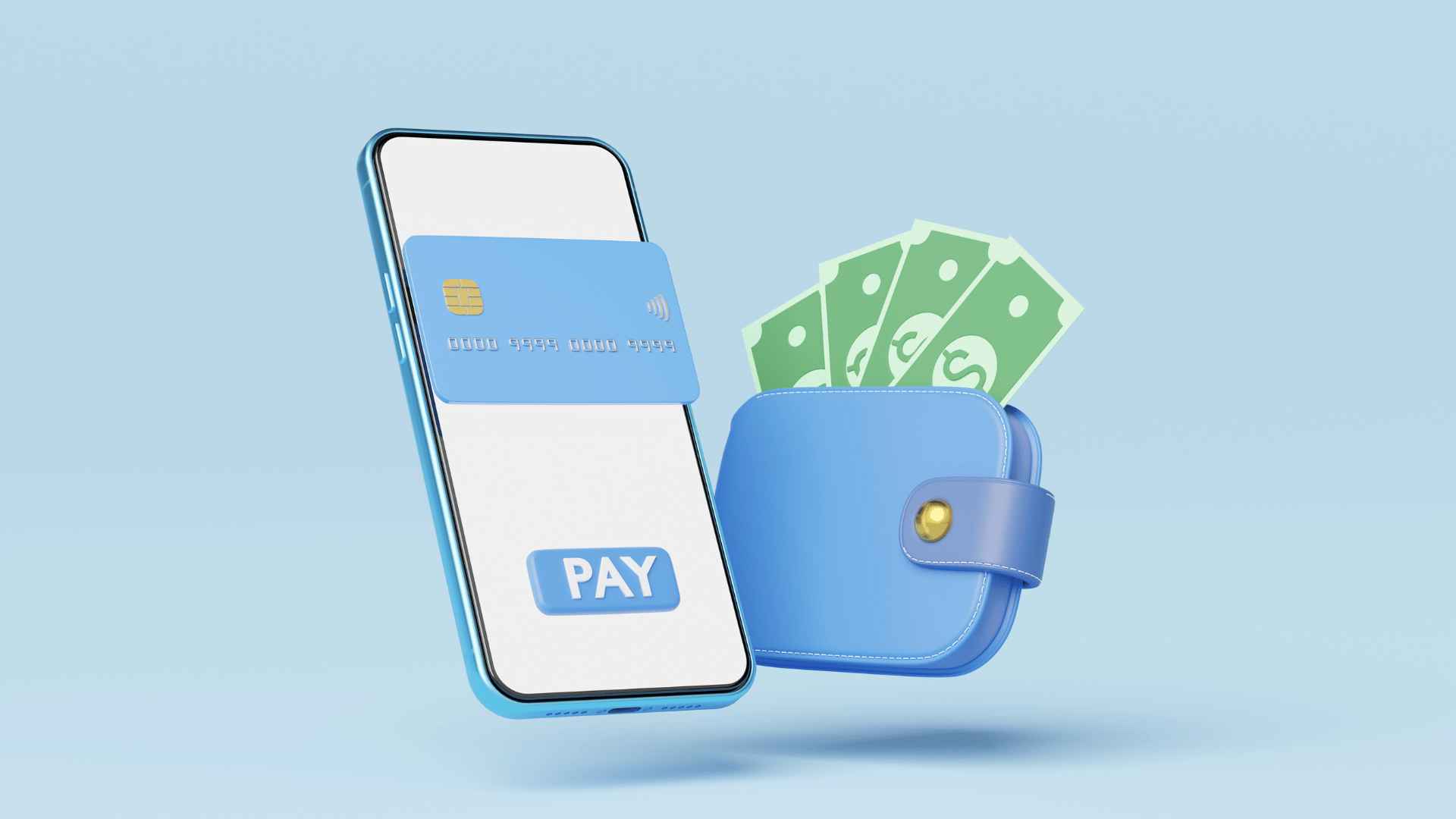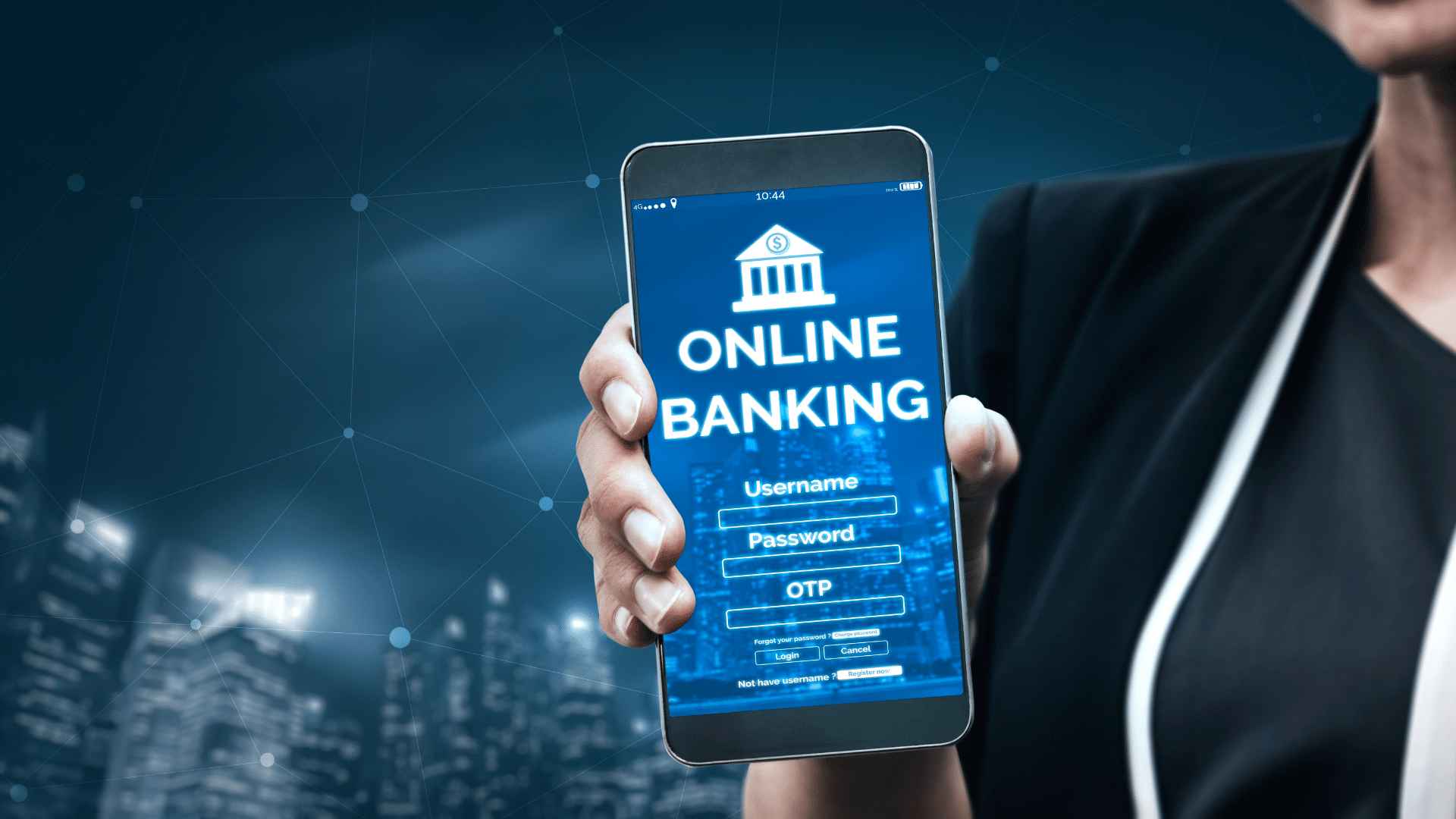The Bankers Association of the Philippines applauds the Bangko Sentral ng Pilipinas' proposal to waive fees for small-value transactions for electronic fund transfers in an effort to increase financial inclusion in the nation. It will cover mobile-to-mobile cash transactions and QR transactions.
It appears that online banking users might want to get ready to say goodbye to PesoNet and InstaPay accounts because there might soon be no fees for online credit, deposit, and domestic bank transfers between Philippine banks.
Current Bank to bank transfer fee (Local banks)
The domestic transfers and their bank fees in the Philippines vary depending on the Bank and the type of deposit, credit or debit card, or transfer you make. Generally, banks charge fees for both incoming deposit and outgoing transfers, whether they are local or international.
For local bank transfers within the Philippines (peso accounts), send money bank transfer fees may range from PHP 25 to PHP 150 per transaction, depending on the Bank. Some banks may offer free transfers for their account holders upon request, but this usually requires meeting certain requirements, such as maintaining a certain minimum balance in your account or using a specific type of checking account.
Felipe Medalla, governor of the Bangko Sentral ng Philippines (BSP), stated that paying a fee of P5 to P20 each per successful transaction is important, particularly for minor value transactions of less than P500, and that the BSP is trying to "create a cost-sharing system" among other local banks. One of the BSP's suggested fee incentives is to cut the amount minimum balance of non-lendable reservable liabilities that banks must maintain with the central Bank in exchange for free money transfers.
The current reserve requirement ratio or safety deposit is currently at 12% for big banks and 14% minimum balance for non-banks for the month starting January 3.
The BAP maintains close collaboration with many banks, the BSP and stakeholders to ensure that the ultimate goal of financial inclusion is attained in a way that is efficient and sustainable, even though transfer fees are set by each Bank and the need to have funds to cover cost of technology, infrastructure, cybersecurity, credit,, consumer education, transaction, and charges by the switch operator is imperative.
Previously, send money and Bank to bank funds transfer transactions were facilitated by Pesonet and Instapay.
InstaPay is a digital payment system that allows customers to transfer money instantly and securely from one bank savings account to another, regardless of the bank or payment service provider. This means that you can use InstaPay to send and receive money to and from savings accounts from different banks and payment service providers in real-time, 24/7, including weekends and holidays. InstaPay is a convenient and cost-effective way to transfer funds electronically without the need for physical cash.
On the other hand, PesoNet is a type of coin-operated computer terminal that allows users to access the internet and use various software applications for a fee of one peso per minute. PisoNet is commonly found in public areas such as malls, markets, and computer shops, and it's a popular way for people to access the internet and check their emails, social media, and other online activities.
Currently, most banks make use of InstaPay and PESONet for online money transfers, with transaction fees ranging from P5 to as much as P600 for cash payments to foreign banks. According to BSP, the dollar value of electronic fund transfers via InstaPay and PESONet surged 36% to P955.9 billion in January 2023 compared to last year.
Foreign transaction fees
For international bank transfers, bank fees may range from PHP 150 to a minimum of PHP 2,500 or more per transaction, depending on the Bank and the destination country, and the prevailing exchange rate atm fees. There may also be additional bank charges, such as foreign exchange conversion fees, selling rate fees, transfer fees, overdraft fees, and other correspondent Bank charges fees. Fees may also vary on the type of account per account holder, i.e, savings account, checking account, and the amount of funds and or deposits.
What's in it for users?
- Cost-saving: Free Bank to bank transfer saves users the cost of transaction fees that may be charged by banks or other payment platforms. This means that users can transfer money to their friends, family, or business associates without incurring any additional cost.
- Convenience: Free Bank to bank transfer is a convenient way to send and receive money without the need for physical cash or other payment methods. Users can transfer money using their smartphones or computers from anywhere at any time.
- Security: Bank-to-bank transfer is a secure way to send and receive money as it is protected by encryption technology and other security measures that ensure that the transaction is safe and secure.
- Speed: Bank-to-bank transfer is fast, and the money is usually credited to the recipient's account within minutes or a few hours, depending on the Bank or payment platform used.
- Increased financial inclusion: Free Bank to bank transfer promotes financial inclusion by making it easier for people to access financial services, especially those who are not able to use traditional banking services due to cost or distance barriers.
Overall, free Bank to bank transfer is a convenient, free, cost-effective, secure, and fast way for customers to send and receive money, and it benefits users by saving them money, time, and effort when sending money elsewhere.
How will this improve financial inclusion in the Philippines?
Financial inclusion refers to the efforts to provide access to affordable and appropriate financial services to all members of society, particularly those who are traditionally underserved or excluded from the formal financial sector. This includes low-income individuals, women, youth, rural populations, and small businesses.
Financial inclusion is important because access to financial services is a critical tool for individuals and communities to improve their economic prospects and build better lives. It can help people to save money, access credit, manage risk, and invest in their futures. Additionally, financial inclusion can contribute to broader economic growth and stability by expanding the pool of potential borrowers and investors.
What are the efforts to promote financial inclusion?
Efforts to promote financial inclusion can take many forms, such as expanding access to banking services, promoting financial literacy and education, creating regulatory frameworks that support innovation in financial services, and leveraging technology to provide new and innovative financial products and services. Governments, development agencies, financial institutions, and civil society organizations all play important roles in advancing financial inclusion initiatives.
For more information on Vista Residences, email [email protected], follow @VistaResidencesOfficial on Facebook, Twitter, Instagram, and YouTube, or call the Marketing Office at 0999 886 4262 / 0917 582 5167.
_11zon.jpg)
_11zon.jpg)
-1683017776.png)






